1 Lb Pizza Dough Feeds How Kany
Pizza Calculator
Your Recipe
Water: g
Flour: g
Salt: g
Yeast: g
Notes:
- Be sure to hit update after entering all your values. Some browsers don't update the calculator automatically.
- For 00 flour (recommended), 55-60% hydration (water content) is a recommended range (lower is better for beginners). If you are using bread flour, you will likely need to use 58-62% hydration.
- Be sure to select the correct type of yeast you are using. Instant and active dried yeast are the most common types available, just check the packaging.
For more information on adjusting the recipe, keep on reading.
Utensils Required
Not all the following utensils are required but these are what I use for pizza and they tend to make the process easier. I've provided Amazon links for you to check the prices of these items if you don't have them already. They are usually available for reasonable prices.
- Large mixing bowl
I always start with a large metal mixing bowl like these from Amazon for adding all the ingredients. It makes the mixing of the dough super easy. - Digital weighing scales
As far as I'm concerened, digital weighing scales are a must! They're inexpensive and they make accuractely weighing out ingredients so quick and easy. Check them out on Amazon here, or click the link below. - Accurate digital weighing scales
I use scales like these from Amazon that are accurate to 0.01g for weighing out the yeast. For smaller batches of long prove pizza dough, these are perfect! - Pizza proofing box
These pizza boxes on Amazon are ideal for proving your dough balls. They're air tight and you can fit many dough balls in, and it also makes removing them before shaping easy. - 12″ pizza peel
A pizza peel from Amazon like this one is the perfect tool for loading the pizza into the oven. Different sizes are available but 12″ is ideal for Neapolitan style pizza.
About the Neapolitan pizza dough calculator
This dough calculator has been designed specifically for making Neapolitan style pizza. That means that no matter how you change the inputs, you have an authentic Neapolitan pizza style recipe.

I have read through the official Neapolitan document very carefully. It specifies many things, including: amount of water (hydration), amount of salt, amount and type of yeast, and prove time and temperature.
If you want to check out the official documentation, you can take a look at it here.
It is also recommended that a strong 00 flour is used (though you can achieve good results with strong bread flour). The type of water used is also mentioned (medium-hard), though I wouldn't worry about this unless have particularly poor quality tap water. In which case, you should probably at least filter it or use bottled water.
Note: Caputo 00 pizza flour is an excellent option, especially for Neapolitan style pizza. It is one of the more widely available "professional" pizza flours. I have provided a link to Caputo 00 flour on Amazon here and below below (a large chef's bag). Aside from this flour, most 00 flours should work fine.
Adjusting the pizza dough calculator
There are quite a few variables that you can change in this pizza dough calculator, which will affect the quality of the pizza that you make.
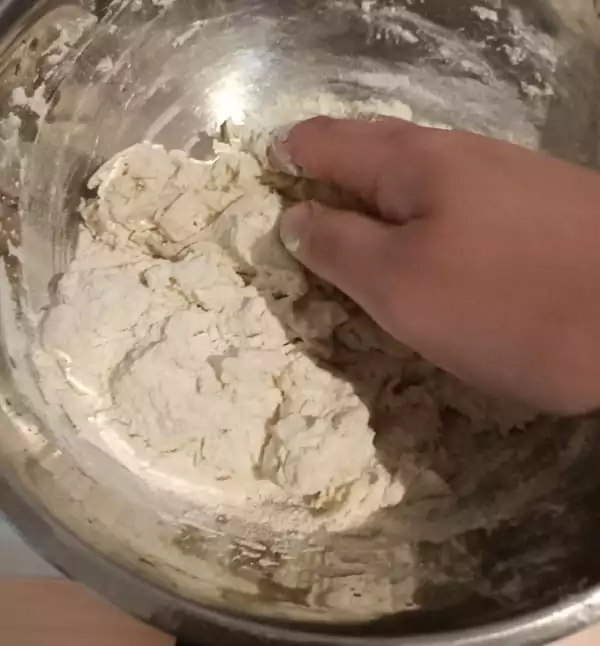
In this section I will do my best to explain what each of these and how you can adjust them to help you make better pizza.
If it's your first time making Neapolitan pizza, I highly recommend checking out my series (with videos) on making authentic Neapolitan pizza by hand here.
Dough weight calculator
The dough weight is fairly straight forward really. The higher your dough weight, the larger your pizza will turn out.
For Neapolitan pizza, the dough weight should be between 200g – 280g. Pesonally, I have found a good sweetspot to be around 240g – 260g. This should give you roughly a 10 inch pizza. But feel free to experiment to find out what works for you (and the size of your oven).
This will depend largely on how you shape your pizzas. If you opt for very puffy crusts, you will need a higher dough weight to achieve a 10 inch pizza.
On the other hand, if you opt for smaller crusts, your dough weight won't need to be quite as high. Whichever style of crust you make, you should always try to stretch a Neapolitan pizza as thin as possible in the centre. This is central to the Neapolitan style.
Adjusting the hydration of your pizza dough
The hydration is one of the most important aspects of your pizza dough. It refers to the amount water used (as a %) in relation to the amount of flour used (in g).
The higher the hydration, the wetter, stickier, and softer your dough will be. The lower the hydration, the drier, firmer, and stronger your dough will be.
There is no correct amount here, you will need to use some trial and error. But 55% – 62% is the amount mntioned in the official Neapolitan pizza document. Bear in mind that this is based on the use of 00 flour. When using bread flour, you will likely need to be at the higher end of this range.
Each flour behaves differently, even within the same type. For example, a hydration that works well for one brand of 00 flour, may not work well for a different brand of 00 flour. However, in general, I have found 55% – 58% to be a great starting point for 00 flours.
In my opinion, lower hydrations are more suited to beginners. A drier dough is easier to knead, easier to shape, and more forgiving. So if you're new to making Neapolitan pizza, I would recommend leaning more towards a drier dough.
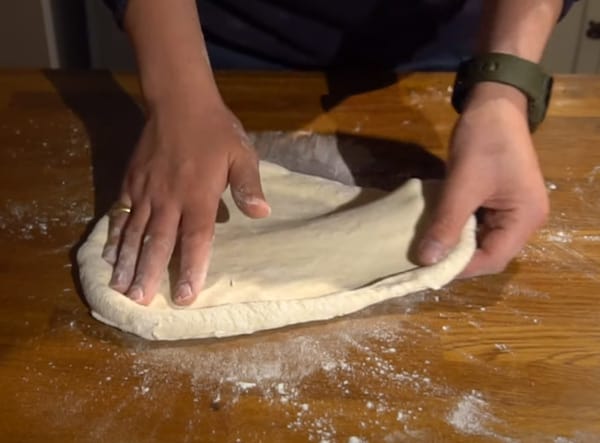
Many people assume that a dry dough cannot achieve a light and airy crust but this is not true. The extreme heat that Neapolitan pizza is cooked at, causes a lot of expansion in the dough. This, in turn, leads to a soft and puffy crust.
Additionally, a Neapolitan pizza should be very thin in the centre (and thicker at the crusts). If the hydration is too high, the pizza will not have the strength to be stretched out this thin.
It always surprises me that people assume that Neapolitan pizza should be over 65% hydration but this is simply not the case. It may work well for some flours and production methods but in general, it is way too high for this style of pizza. In fact, it is way outside the range recognised in the official Neapolitan documentation.

So, as a general rule, I would recommend 56% as a starting point for 00 flour and 60% as a starting point for bread flour. I highly recommend using 00 flour though if possible.
For more information, check out my article on pizza dough hydration here.
Calculating the salt content of your Neapolitan pizza
The recommended amount of salt for Neapolitan pizza is between 2% – 3%.
Personally, I find anything approaching 3% too salty and anything below 2% too bland. For me, the sweetspot is around 2.2% – 2.5%. But, of course, experiment with this and find out what you like.
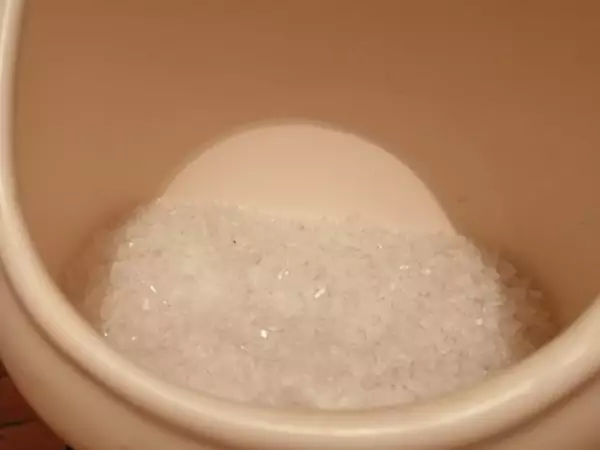
Don't be worried about too much or too little salt affecting the structure of your dough. At the 2% – 3% range, the salt will have very little affect on the structure of your dough.
Chosing a proof time for your pizza dough
The proof time mentioned in the official Neapolitan document is anything between 8 hours and 24 hours. You can choose a time that is convenient for you (and the yeast!).
In general, a longer prove is preffered since your dough should develop more flavour, a better texture, and will be more forgiving to work with. Anything under 8 hours may seem more convenient but the dough will actually be more difficult to work with, it will have a high chance of overproving, and won't have the same flavour or texture.
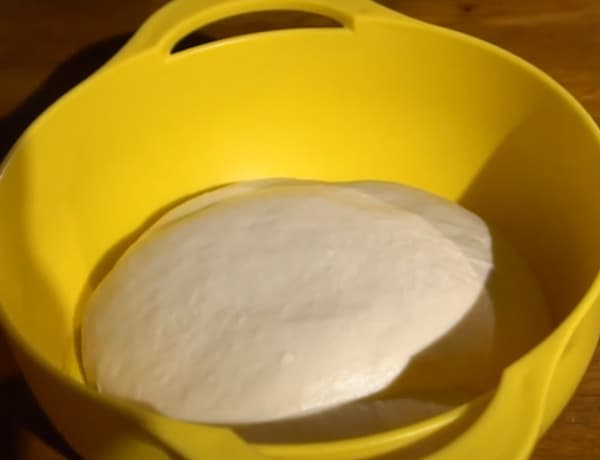
I know that many people choose to do a prove that is even longer than 24 hours. However, this is not recommended since most flours are not strong enough to withstand a fermentation (prove) longer than 24 hours.
After 24 hours, most flours start to loose their strength. The dough becomes difficult to stretch and easy to tear.
However, there are some specialist Neapolitan long prove flours which can do the job. But unless you have one of these, I would recommend sticking to a 24 hour prove maximum.
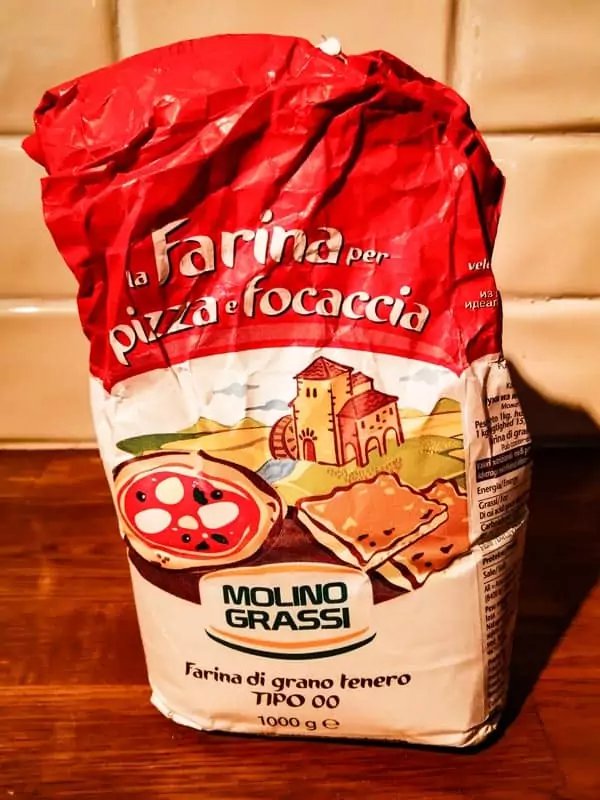
In general, I recommend a 24 hour prove. This is not just for the benefits in terms of flavour and texture. Additionally, it should be easy to fit into your daily routine.
For example, let's say you want to make pizza at 7pm on Saturday night. You can make the dough at 7pm on Friday night and it will be ready the next evening. Perfect!
Adjusting the pizza dough proofing temperature
The recommended proofing temperature for Neapolitan pizza is room temperature. In the official document, a room temperature of between 13C/55F – 33C/91F is mentioned as being acceptable. This is based on the optimal temperature for yeast growth (fermentation).
A thermometer is handy to take the temperature of your room. You can then enter this value into the calculator and let it do the rest. If your room is cold you will need more yeast and if it is hot you won't need as much.
I can highly recommend pizza proofing boxes. They make proofing your dough so much easier, especially if you're planning on doing pizza parties and making a lot of pizza! There's a link to some on Amazon below.
And don't forget to prove your dough out of direct sunlight! Too much heat can kill the yeast or cause overproving.
I realise that it has become popular to cold proof dough. However, a lot more yeast is required to account for the significantly reduced efficiency. Although there are advantages to cold proving (constant temperature), there are also disadvantages (inefficient yeast development, faster proofing once out of the fridge).
And since cold proving is not mentioned in the official Neapolitan document, I have opted to leave it out for now. Personally, I think the best option is to proof at room temperature. As long as you don't have huge changes in temperature in your room, you shouldn't experience any timing issues.
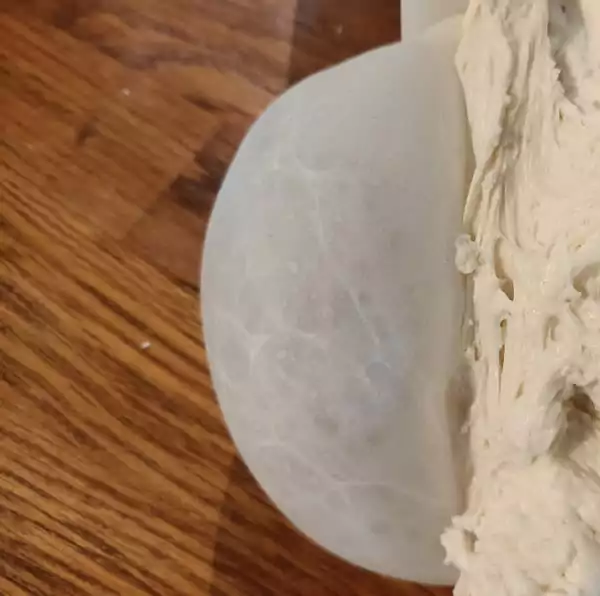
Having said that, with any dough making, it is wise to follow the old saying: "watch the dough, not the clock". Whilst this calculator should get you very close on the timings, it will never be exact as there are too many variables!
Selecting the type of yeast
Fortunately, practically every type of yeast is mentioned as being fine to use in the official Neapolitan pizza document. This includes:
- Dried Yeast (Instant/Active Dried)
- Fresh Yeast (Cake Yeast)
- Brewer's Yeast
- Natural Yeast (Sourdough Starter)
The most commonly available is dried yeast. It is available in most supermarkets. And this is cheap, lasts a long time, and works fine. Bear in mind that their is a slight difference between Instand Dried and Active Dried so check the packaging to see which you have.
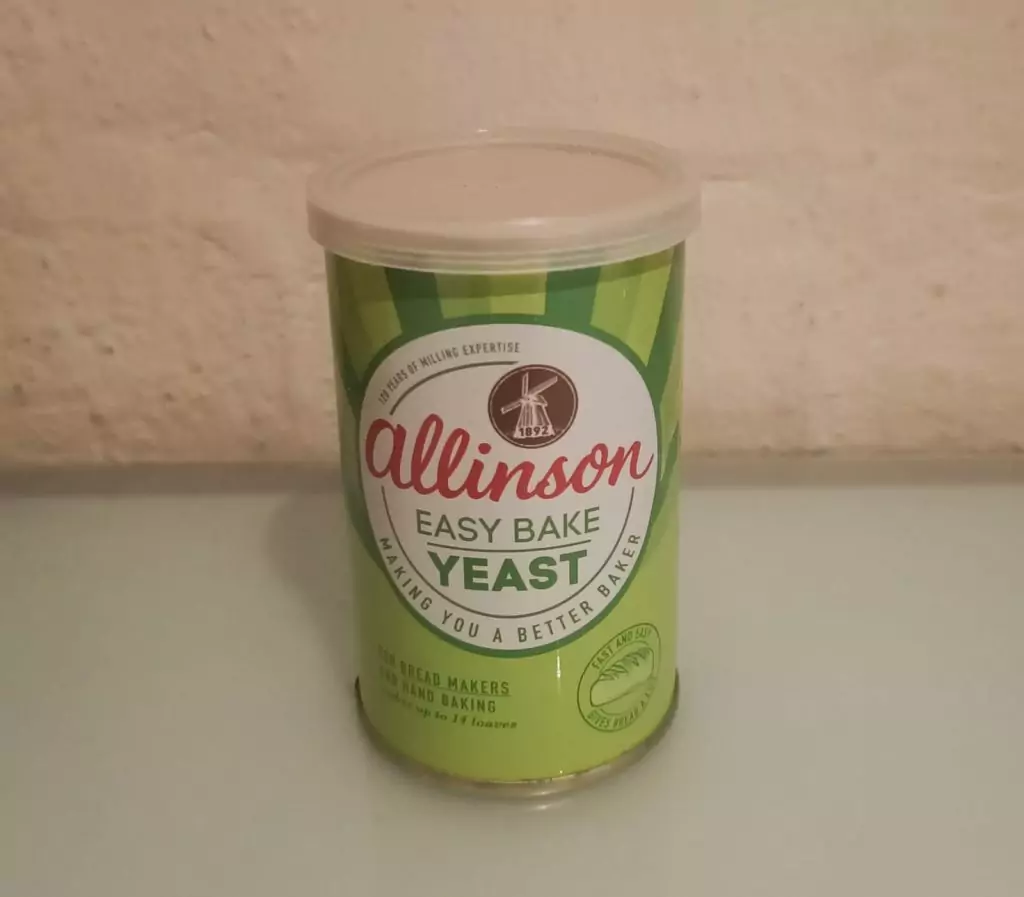
In my view, the nicest yeast to use is Fresh Yeast, or Cake Yeast (due to it's appearance) as it is sometimes called. This yeast is quite difficult to get hold of (but you can get it online) and it doesn't last very long (though you can freeze it).
But Fresh Yeast typically offers more flavour. I find it to sit somewhere between dried yeast and sourdough in terms of flavour. It is almost like a milder form of sourdough, which I think works really well for Neapolitan pizza. It is also the most widely used form of yeast in pizzeries in Naples, so it is probably the most authentic choice.
If you want more information on this, you can check out my article on fresh yeast here.
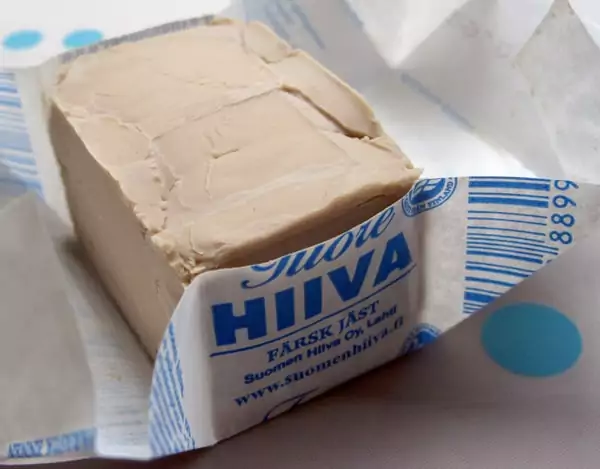
You could use sourdough starter but I haven't included this in the calculator. Sourdough is much more difficult to work with and the timing will depend so much on each individual starter. This is because each starter is a collection of completely different strains of yeast.
I have had a few people ask me about sourdough so I plan to do a series on it in the future. For anyone that hasn't worked with sourdough before but wants to, I highly recommend giving poolish a go first. I have done an article on poolish which you can check out here.
In short, just use whichever type of yeast you can get holf of. Dried yeast works fine, is cheap and easy to get hold of, and it lasts a long time. So it's a good choice.
Final thoughts on the pizza dough calculator…
Hopefully this pizza dough calculator provides an excellent starting point to your recipe. Simply starting out with the calculator defaults will get you close to a great pizza dough recipe (assuming you're using 00 flour).
Then, you can adjust the inputs depending on how your dough turned out. Next time you may want to adjust the hydration or salt content or prove time etc.

Remember, this calculator is not perfect. There are too many variables to produce a perfect pizza dough calculator. A lot will depend on: your specific yeast, and how fresh/active it is, the specific flour you use, your water, the humidity of your room, and so on.
I recommend using this calculator as an aid which should get you very close to the perfect dough. From there, you can then dial it in. And remember, "watch the dough, not the clock". The dough will tell you when it's proved.
It should have doubled in size and be nice and bubbly.
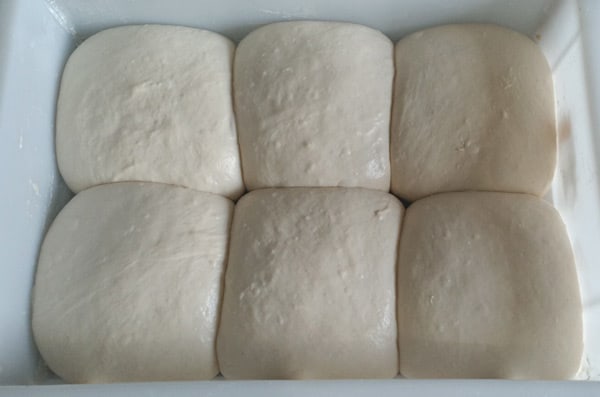
Hope this helps some people out. Feel free to leave any questions below, I do my best to answer any queries as quickly as possible.
Good luck!
Source: https://mypizzacorner.com/pizza-dough-calculator/
0 Response to "1 Lb Pizza Dough Feeds How Kany"
Post a Comment